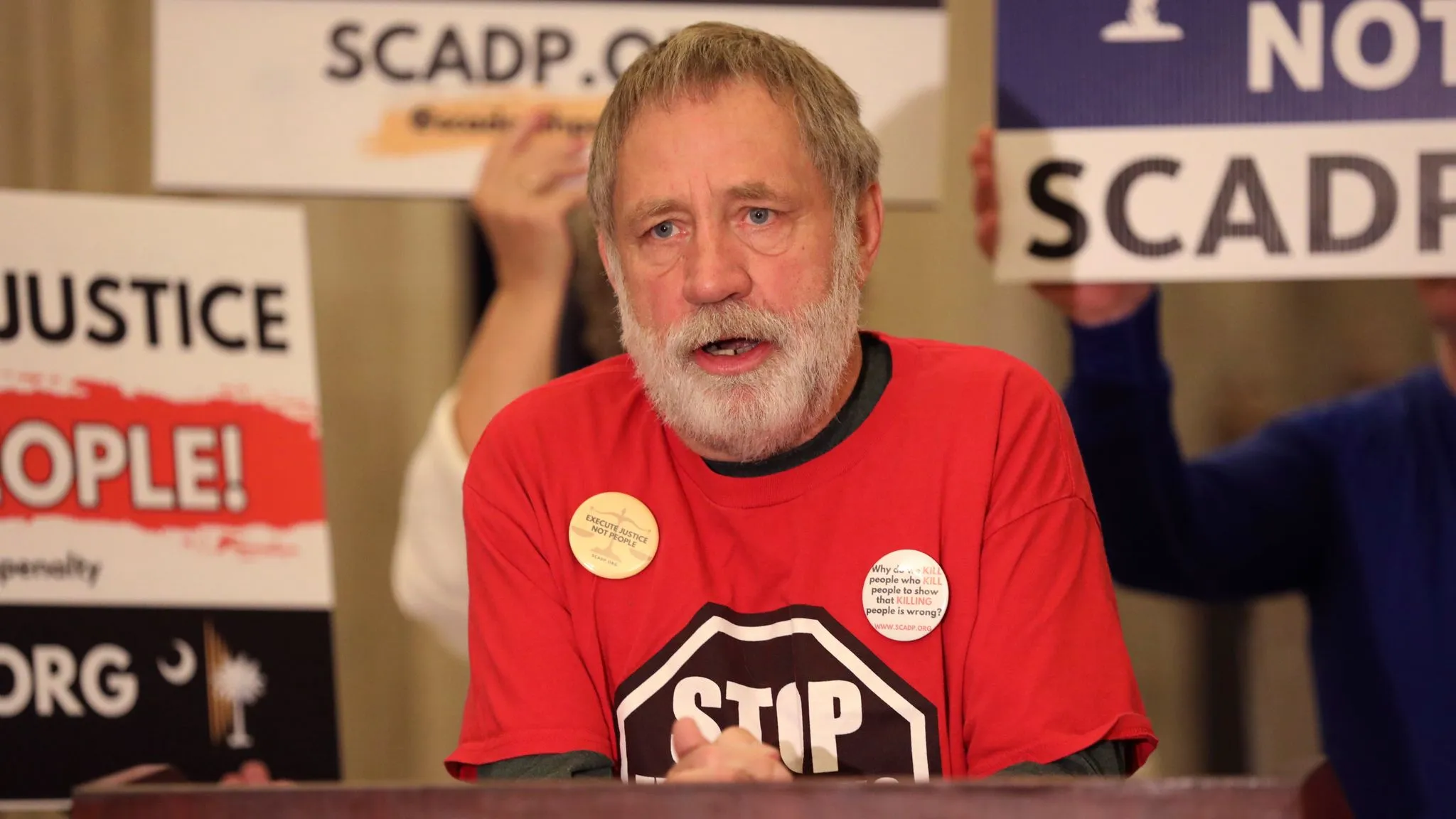First Firing Squad Execution in 15 Years: South Carolina Man Faces Death
In a historic event, Brad Sigmon, a 67-year-old inmate, was executed by firing squad in South Carolina on March 7, 2025. This marks the first use of the firing squad for an execution in the United States in 15 years, reigniting debates surrounding capital punishment and the methods employed in such cases. Sigmon’s execution is particularly significant as it reflects the ongoing challenges and discussions regarding the death penalty in the U.S.
Brad Sigmon was convicted in 2002 for the brutal murder of his ex-girlfriend’s parents, which he committed with a baseball bat. After a lengthy legal process, he was sentenced to death. In a surprising turn of events, Sigmon opted for execution by firing squad rather than lethal injection, expressing concerns about the drugs used in lethal injections. This choice highlights the complexities and moral dilemmas surrounding the methods of execution.
The execution took place at 6:00 PM local time, witnessed by a small group of officials and family members of the victims. Three volunteers from the state corrections department were responsible for carrying out the execution, firing rifles at Sigmon as he stood before them. Witnesses reported that the shots fired during the execution created a loud, jarring sound, causing some to flinch. This stark reality of capital punishment serves as a reminder of the gravity of such actions.
South Carolina had not used the firing squad for executions since 2010, making this event only the fourth firing squad execution in U.S. history. Prior to this, the state executed 46 prisoners using lethal injection and electrocution since 1985. Sigmon’s execution is part of a broader trend in South Carolina, which has resumed executions after a 13-year hiatus due to difficulties in obtaining lethal injection drugs. The South Carolina Supreme Court has allowed for executions to occur every five weeks, indicating a renewed focus on capital punishment in the state.
In his final moments, Sigmon expressed remorse for his actions and called for an end to the death penalty. His last meal included a hearty selection of fried chicken, green beans, mashed potatoes with gravy, biscuits, cheesecake, and sweet tea. The execution chamber was equipped with an unused electric chair and a gurney that had been rolled away, emphasizing the shift in execution methods. This change in approach raises questions about the future of the death penalty in the U.S., particularly in states that have recently resumed executions after long pauses.
The firing squad method has sparked significant debate regarding its humanity compared to other execution methods. Advocates for the death penalty argue that it serves as a deterrent for violent crimes, while opponents highlight the moral implications and the potential for wrongful executions. Sigmon’s case has drawn attention to the mental health issues surrounding capital punishment, as his lawyers argued that he suffered from severe mental illness at the time of the crime.
Protests erupted in response to Sigmon’s execution, with demonstrators advocating for the abolition of the death penalty. They argue that capital punishment is inhumane and that society should seek alternatives to address violent crime. The execution has also reignited discussions about the efficacy and morality of various execution methods, including the firing squad.
As the debate continues, Sigmon’s execution serves as a reminder of the complexities surrounding the death penalty and its implications for society. With states like South Carolina resuming executions, the future of capital punishment in the U.S. remains uncertain. The discussions surrounding this issue are likely to persist, as advocates on both sides of the debate continue to voice their opinions.
In conclusion, Brad Sigmon’s execution by firing squad marks a significant moment in the history of capital punishment in the United States. It raises critical questions about the methods used in executions, the moral implications of the death penalty, and the ongoing debates surrounding mental health in relation to violent crime. As society grapples with these issues, the legacy of Sigmon’s case will likely influence discussions about the future of capital punishment in the years to come.






Leave a Comment